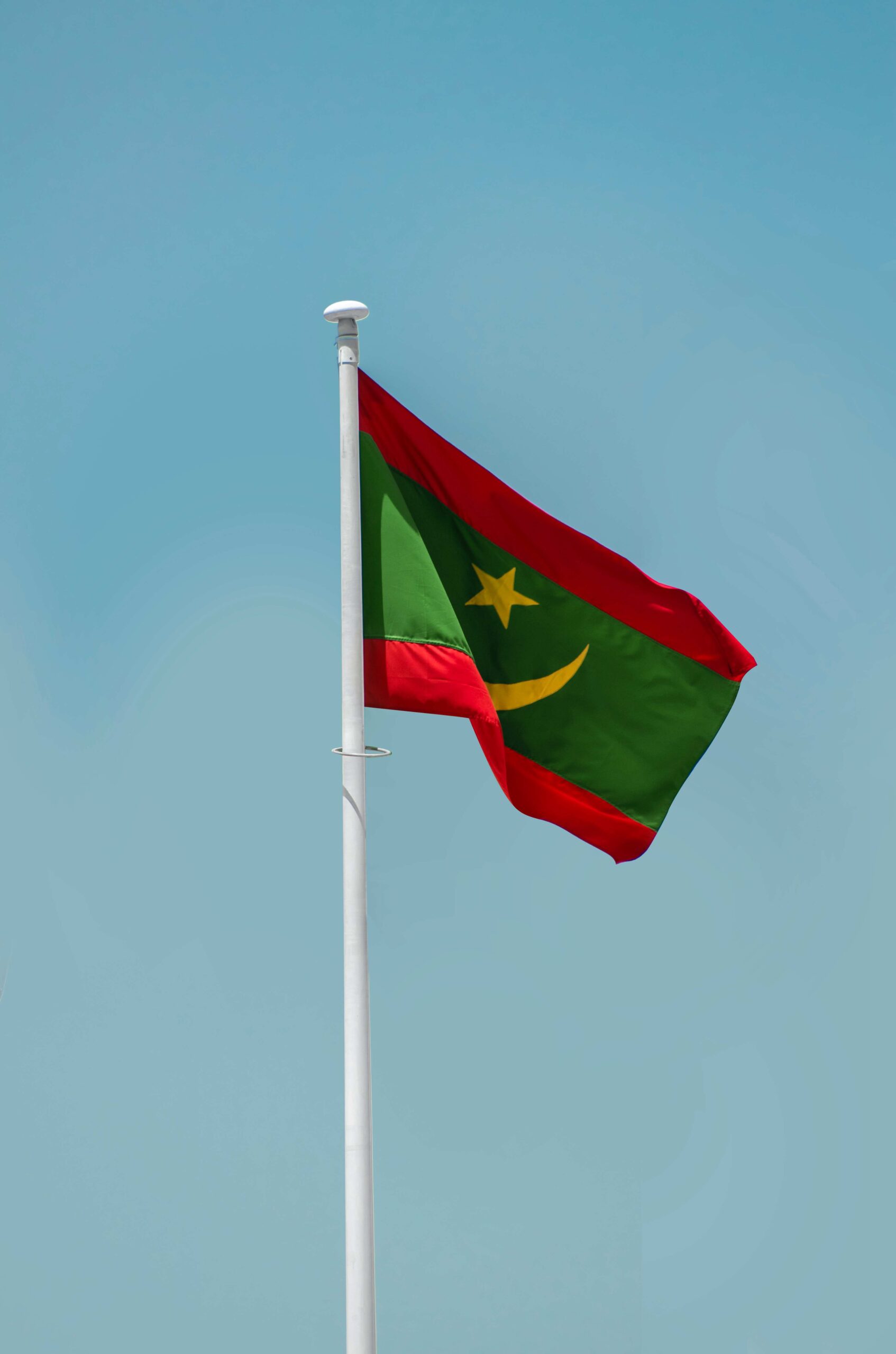The Gambian flag, with its vibrant colours and simple yet striking design, is a powerful symbol of unity, heritage, and the aspirations of this unique West African nation. Delving into the history, symbolism, and significance of the Gambian flag reveals a rich tapestry of the country’s past and its hopes for the future. In this article, we explore the story behind the Gambian flag and the enduring legacy it represents.
A Brief History of the Gambian Flag
The Gambian flag was officially adopted on February 18, 1965, when the country gained independence from British colonial rule. The flag was designed by Louis Thomasi, a Gambian civil servant, who won a national competition to create a flag that would represent the newly independent nation.
Symbolism and Significance of the Gambian Flag
The Gambian flag consists of three horizontal stripes of equal width and a thin white stripe separating each coloured stripe. Each colour on the flag holds a distinct symbolism and significance, representing various aspects of the Gambian identity.
Red Stripe: The top stripe of the Gambian flag is red, symbolising the sun and the warmth of the Gambian people. It also represents the savannah, which covers much of the country, as well as the blood shed by Gambians during their struggle for independence.
Blue Stripe: The central stripe of the flag is blue, representing the Gambia River, which flows through the heart of the country and has been a vital lifeline for the Gambian people for centuries. The river is an essential source of sustenance, transportation, and commerce, and its inclusion on the flag highlights its significance in shaping the nation’s history and culture.
Green Stripe: The bottom stripe of the Gambian flag is green, symbolising the country’s lush vegetation and agricultural heritage. Agriculture is a crucial sector of the Gambian economy, and the green stripe represents the nation’s commitment to preserving its natural resources and ensuring food security for its people.
White Stripes: The two thin white stripes separating the coloured stripes symbolise peace and unity. The white stripes serve as a reminder of the importance of harmony and cooperation among the diverse communities that make up the Gambian nation.
The Gambian Flag as a Symbol of Unity and National Pride
The Gambian flag is a potent symbol of national unity and pride, serving as a constant reminder of the nation’s rich history and shared aspirations. The flag’s colours and design capture the essence of the Gambian identity, celebrating the warmth of its people, the life-giving waters of the Gambia River, and the country’s agricultural heritage.
In times of national celebration or mourning, the Gambian flag is hoisted high, bringing the nation together under its emblematic colours. From sporting events to cultural festivals, the flag serves as a rallying point for Gambians, inspiring a sense of unity and belonging.
The Gambian flag is more than just a national emblem; it is a symbol of the unity, heritage, and aspirations that define this remarkable West African nation. As the country continues to evolve and face new challenges, the flag stands as a testament to the resilience, resourcefulness, and determination of the Gambian people.
Image Credit: Photo by aboodi vesakaran on Unsplash





